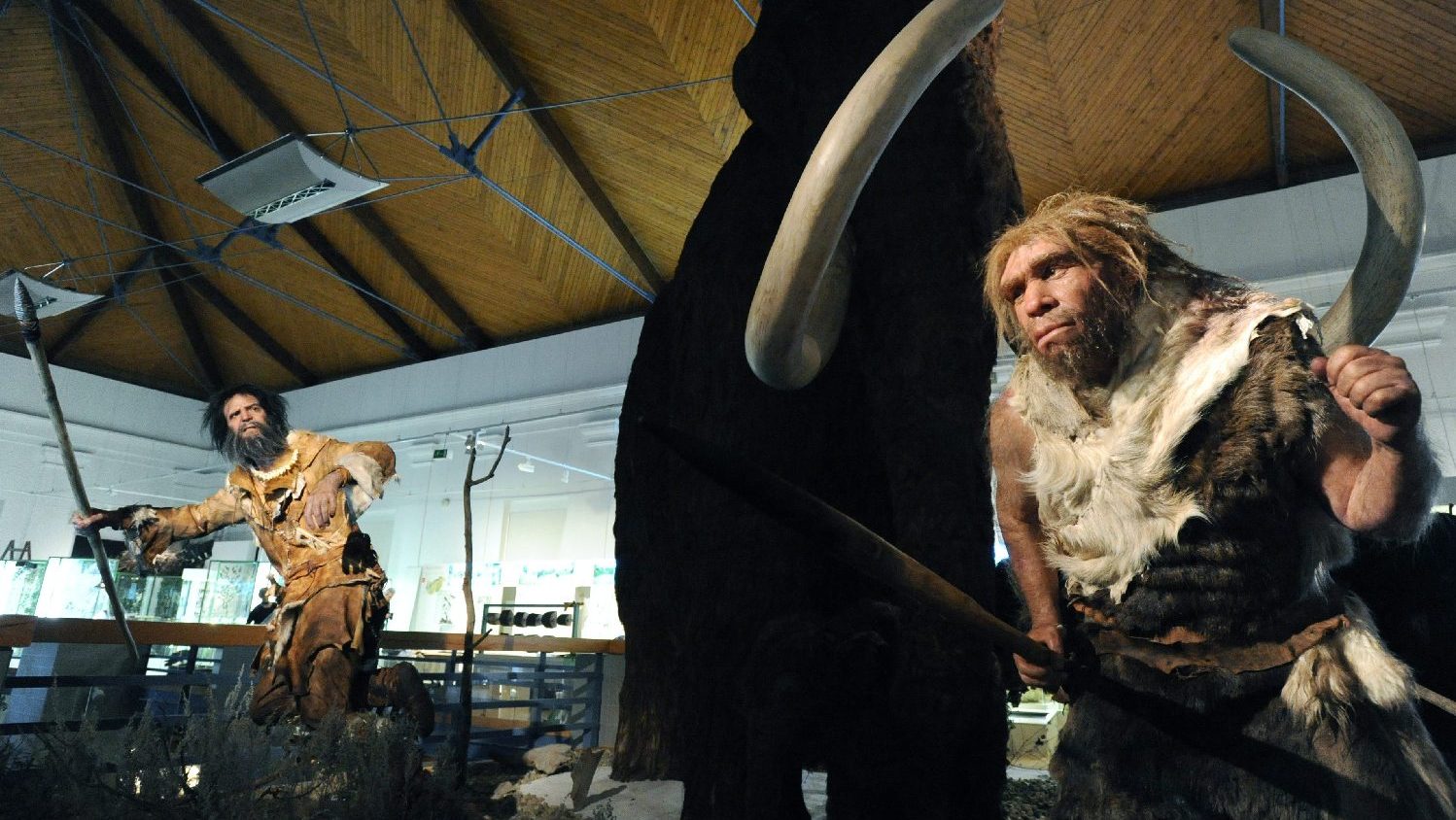The reversal of the Earth’s magnetic pole and the decline in solar activity may have created a horrific environment 42,000 years ago that may have contributed to a series of important events, from the extinction of megafauna to the extinction of Neanderthals.
The Earth’s magnetic field protects the planet from deadly radiation from outer space, but when the magnetic angles change, which has happened several times in the past, this shield weakens greatly, exposing the planet to electrically charged particles from the solar wind. He writes the electronic version of the British newspaper The Guardian.
The so-called Laschamps shift was a transpolar change 42,000 years ago and lasted for nearly a thousand years.
Previous studies found little evidence that the event had a major impact on Earth, perhaps because it did not focus specifically on the time the angles changed.
Experts at the University of New South Wales say the pole shift, coupled with a period of low solar activity, may have been behind a number of climate and environmental phenomena with dire consequences.
a A study published in the scientific journal Science Their makers made carbon isotope dating on annual rings of ancient New Zealand pine trees. This is allowed
Monitoring of the increase in the atmospheric concentration of the radioisotope C-14 (carbon-14) due to the increase in the high-energy cosmic radiation reaching the Earth during the Champs shift.
Experts also examined samples from around the world, including ice core samples, and found that a number of important environmental changes, such as the significant increase in present-day North American ice caps, occurred in parallel with the increased atmospheric concentrations of the C-14 isotope.
The ice sample analysis results indicated that the Laschamps shift may have coincided with a decrease in solar activity, the so-called high solar minimum.
The results show that atmospheric changes have had a significant impact on climate, among other things.
Environmental changes, in addition to the potential to amplify the growth of ice sheets and contribute to the extinction of the Australian megafauna, may also have played a role in the spread of red-dyed handprints, as humans may have used this dye as a sunscreen against the increased UV radiation.
During this period, caves were increasingly used by our ancestors and cave paintings proliferated as well, as these underground areas can provide protection from the harsh climatic and environmental conditions. All of this may have increased the competition between Neanderthals and contributed to their extinction.
Earth’s magnetic field has weakened by roughly 9% over the past 170 years
The researchers say the possibility of changing another electrode cannot be ruled out. Such an event can also have dire consequences, such as damage and destruction of electrical networks and satellites.
Cover photo illustration.










































